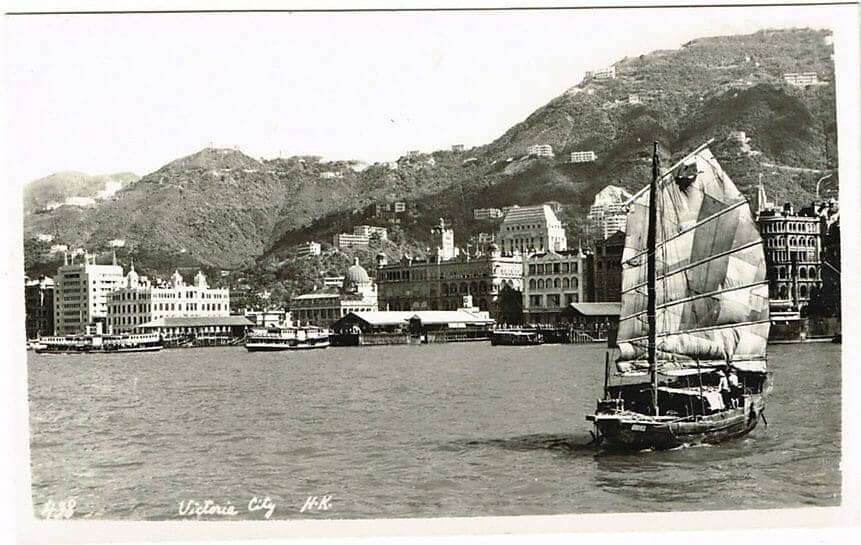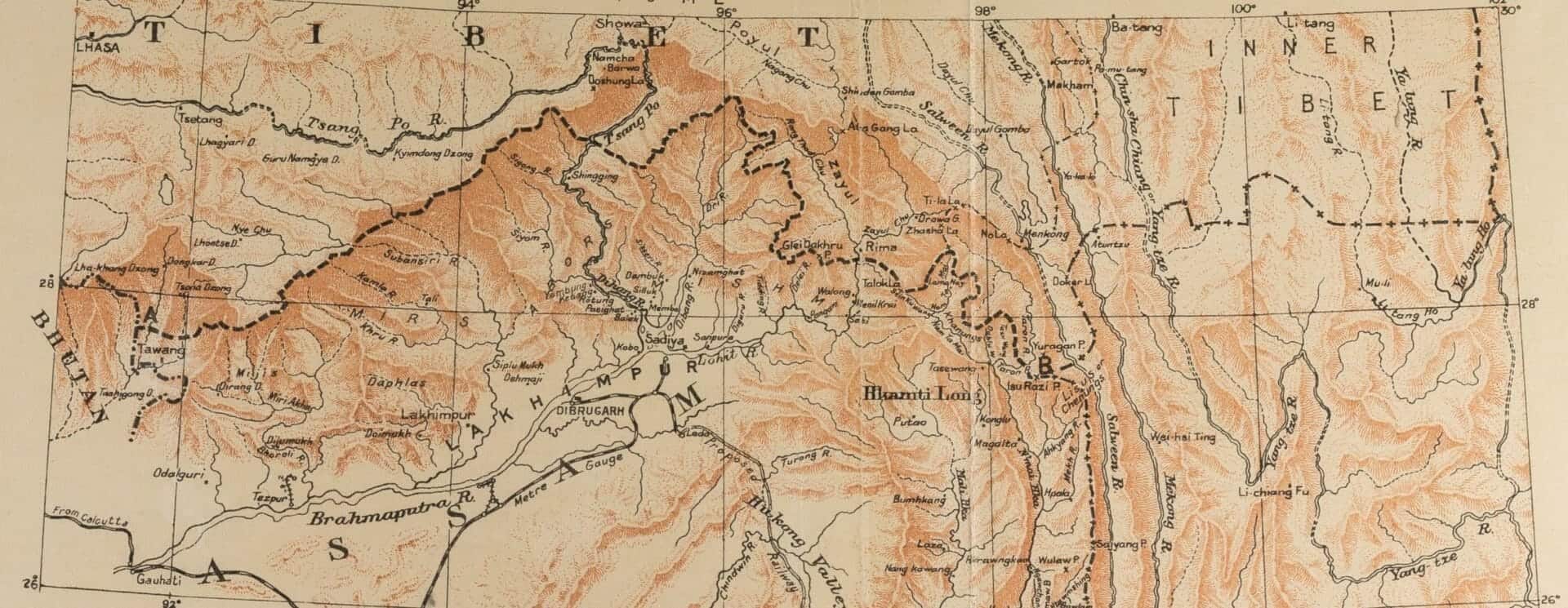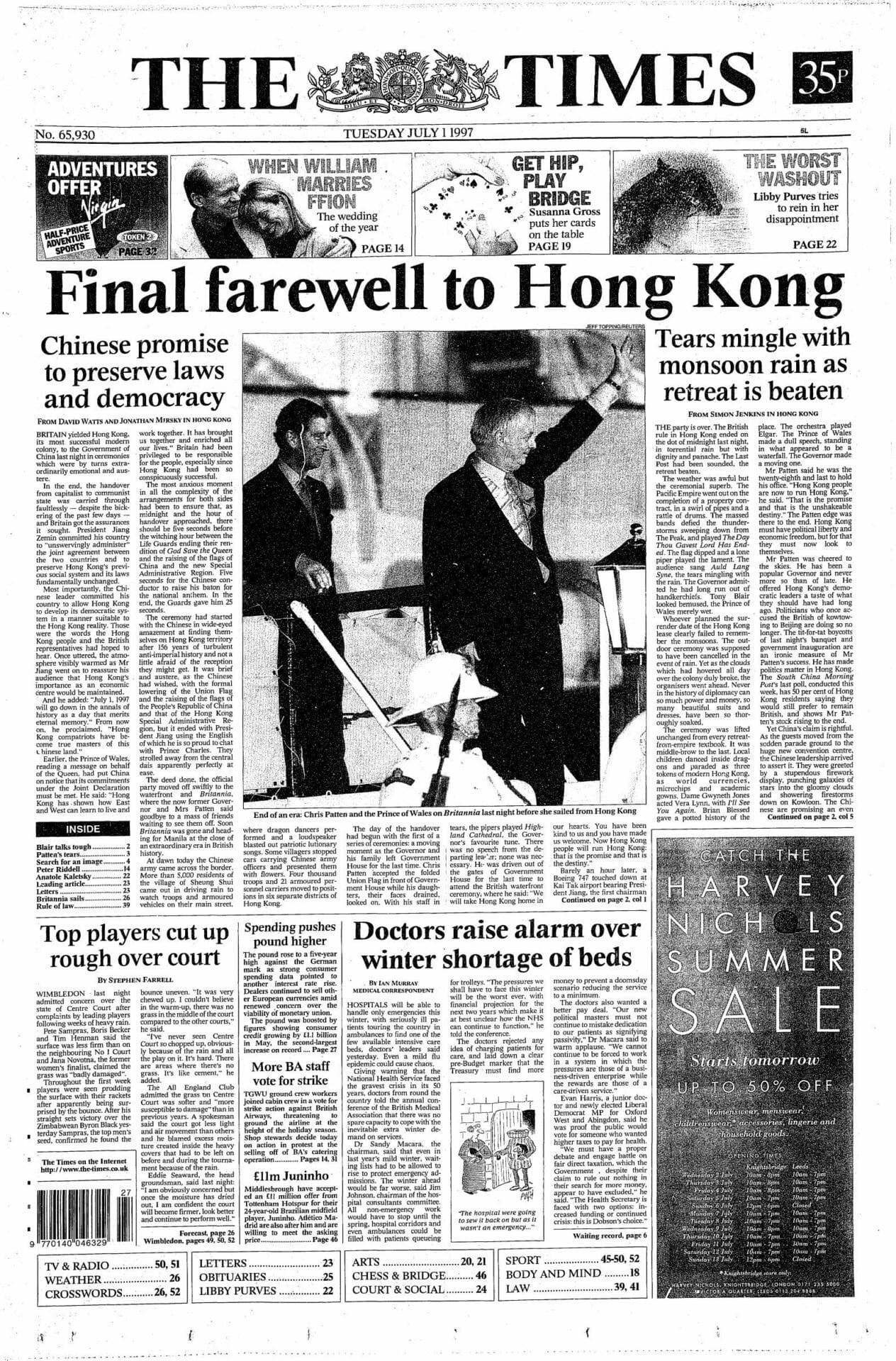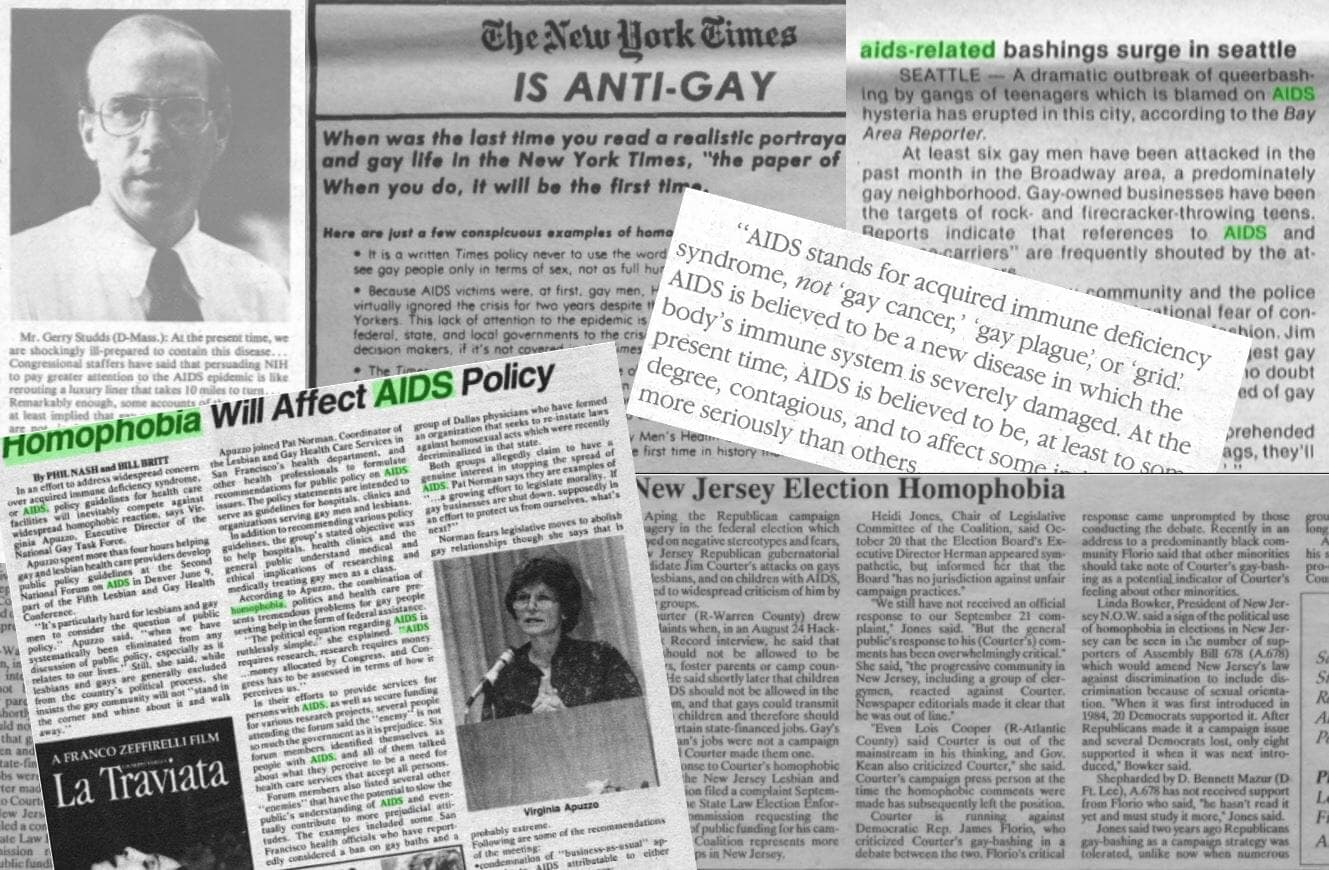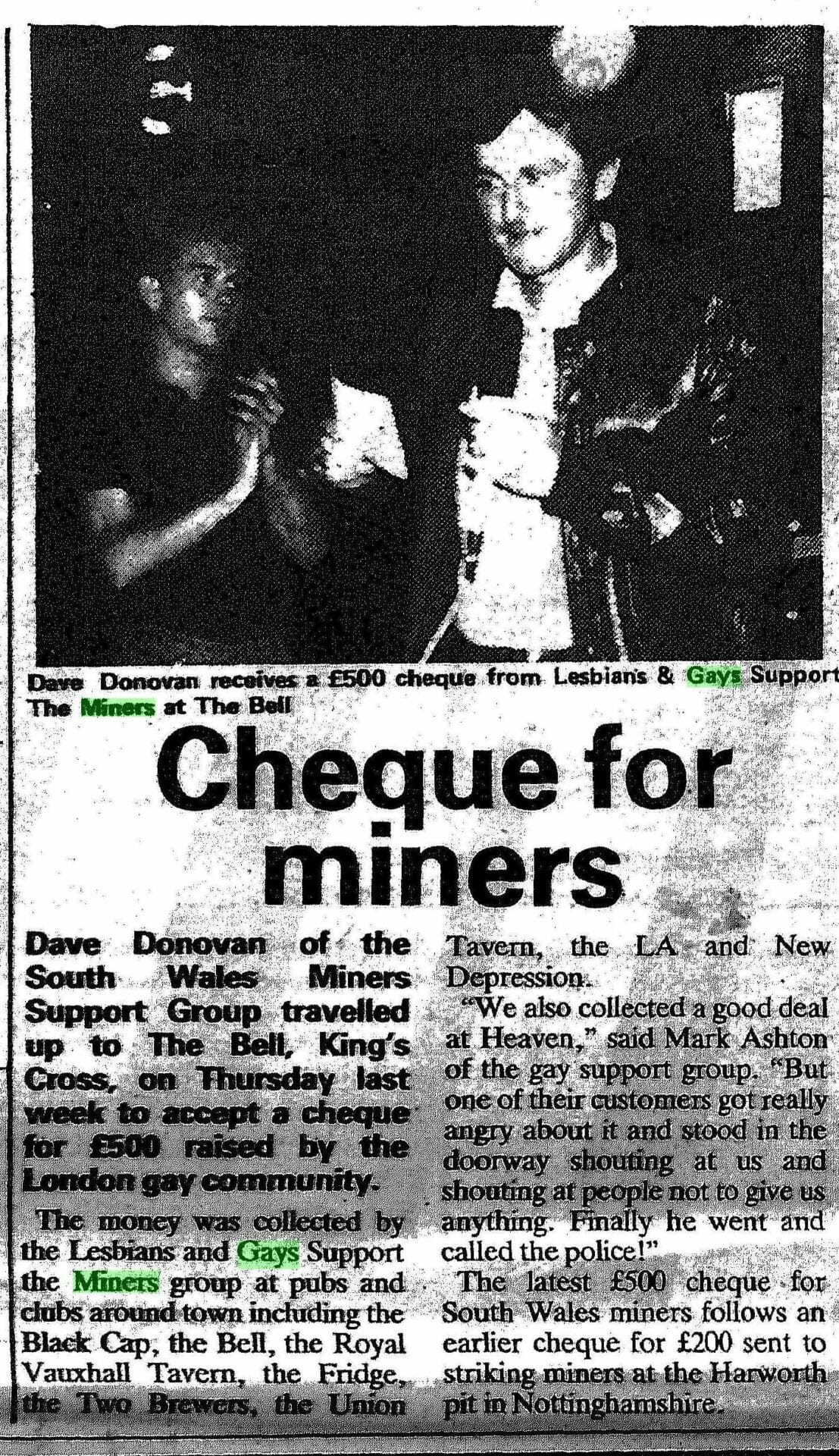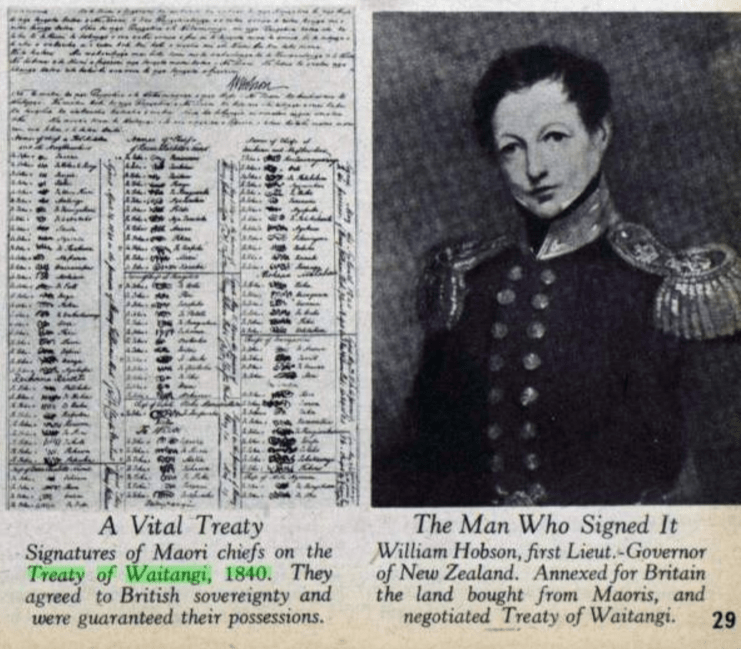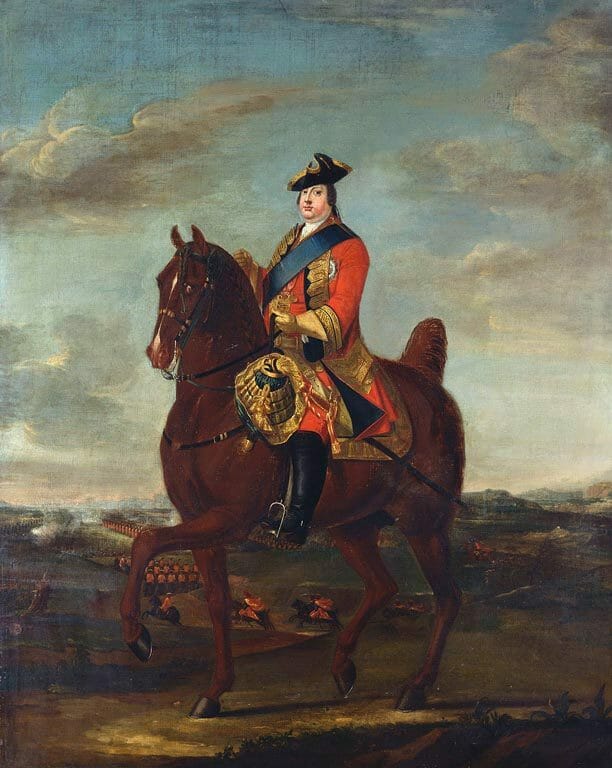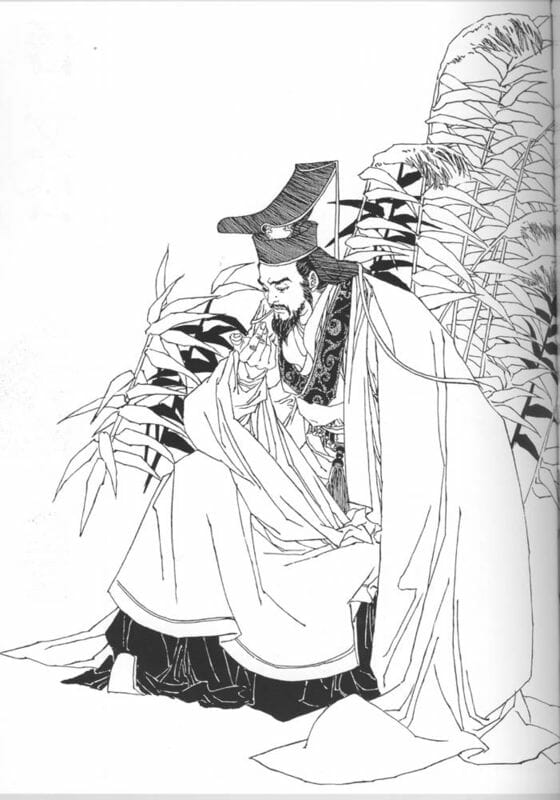|By Winnie Fok, Assistant Editor, Gale Asia|
In February 2019, the Hong Kong Special Administrative Region government proposed a bill regarding extradition, to establish a mechanism for the transfer of fugitives to Mainland China, Taiwan, and Macau, which are currently excluded in the existing laws. The bill sparked fears over a potential loss of freedom and deterioration of the business climate in Hong Kong. As a result, protests erupted over the next few months, and lasted till early 2020. Extradition has a long and complex history in Hong Kong, owing in no small part to its colonial background. China and the Modern World: Hong Kong, Britain and China 1841–1951, a collection of rare historical materials from the British Colonial Office records, sheds light on this fascinating subject.

